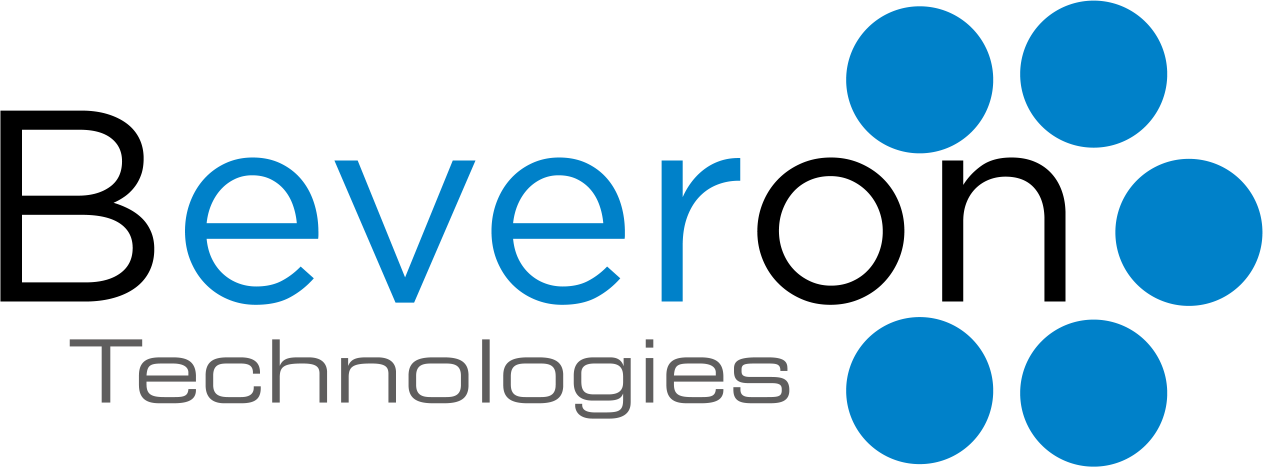

This blog explores how in-house legal teams in Turkey can improve productivity by using legal counse...

This blog explains how inhouse legal counsel software helps corporate legal teams in Thailand improv...

An insight-driven overview explaining why Tanzanian enterprises are adopting in-house legal counsel ...

The advantages of the best law automation software are manifold, fundamentally transforming legal processes and enhancing overall efficiency within legal practices. Automation streamlines repetitive tasks, saving valuable time and allowing legal professionals to focus on higher-value, strategic aspects of their work. By automating document creation, management, and retrieval, this software significantly reduces the risk of errors and improves document accuracy. Workflow automation ensures that tasks progress seamlessly through predefined steps, enhancing collaboration and accountability. The best law automation software also facilitates compliance by automating routine legal processes, ensuring adherence to regulations and reducing the likelihood of oversights. Moreover, it promotes consistency in legal practices, fostering a standardized and reliable approach to handling legal matters. Overall, the advantages of the best law automation software extend beyond time and resource savings, contributing to improved accuracy, compliance, and the overall effectiveness of legal operations.
By definition, a paperless law firm or office is any workplace that has minimal paper-based processes and relies completely on digitized documents instead. Many law firms use the term “paper-light” as there still are many offices and departments that cannot completely eliminate paper files yet because of process or compliance requirements.
Evidently, working with paper documents inherently creates problems that prevent a law firm employee from being productive and a law firm from saving costs. Adopting a paperless system can solve these challenges and achieve benefits like:
Any time spent filing, organizing, and searching for paper documents in a law firm is wasted time that could be spent on either billable or more productive tasks. By design, digitized documents are stored in a central repository, which is basically a well-organized digital filing cabinet where all your documents live. When you use a digital document management system in your law firm, you’re automatically harnessing the same powerful search abilities that you’re used to using on Google. And by extension, this automatically means your employees can find files at the click of a button, way more quickly than the laborious, manual process of searching for a specific file in a buried folder. Thus, law firm employees can use this extra time on revenue-generating projects.
As we all know and have seen in many law offices, paper takes up a lot of space – as do filing cabinets and space to store those filing cabinets. And what’s worse, paper keeps piling up, often accumulating much faster than it can be sorted and organized. This is especially true for industries that have long mandatory retention periods for paperwork like the financial industry. Digitizing paperwork allows you to store all documents either on an on-premises server or in the cloud. Digital file folders in a repository require much less space than a physical records archive.
Going digital automatically improves process efficiency, thus saving you money. Paperless law firm offices can process a much larger volume of paperwork compared to traditional offices in the same amount of time. Additionally, digitization reduces (or even eliminates in some instances) large sums of money spent on paper, printers, ink, postage, office space for files and most importantly, employee time to manage paperwork. The savings on employee time become especially valuable with regards to regulatory audits and repetitive, high-volume tasks like expense reimbursements.
Document / Case Management software like, say, Beveron’s Smart Lawyer Office for law firms, offers a simple and automated process for saving documents. The software easily compiles digital documents using scanners, mobile capture using a camera on a phone or tablet or importing any file type (.docx, .pdf, image files). Many commonly used applications, like Microsoft Office and Adobe Acrobat, integrate with document management systems and have native plugins which allow you to file your document into your content management system with just one click.
Usually, the process of manufacturing paper products produces a lot of greenhouse gases, because of deforestation and this ultimately leads to climate change and global warming. Recycling paper and paper-based products can offset some of the environmental impact, but not by much. Most paper eventually ends up in landfills. Further, ink and toners contain volatile compounds and non-renewable substances which are damaging to the environment. It is much more sustainable to simply eliminate, or at least drastically reduce paper use altogether in your law firm, by shifting to a paperless office.
Physical documents are, by their very nature, hard to track – reams of case papers can get lost, misfiled, or even destroyed without anyone noticing. It can also be difficult to monitor the access, printing and copying of sensitive files. Document Management software has advanced security capabilities that can tackle these challenges. System Administrators of such platforms can set-up granular access rights, which assign permissions at the document level (e.g. settings based on the type of document), user level (e.g. settings based on person’s job function), or system level (e.g. overarching security for all data in the system).
The security benefits of a paperless law firm go beyond mere access rights. Implementing document management software also allows law firms to leverage electronic signatures, redact confidential information, create audit trails and much, much more. But again, as with any change, it will take some time for your law firm to adjust to going fully paperless. Therefore, it is recommended to start on a smaller scale with critical processes that have the most impact from going paperless, before gradually but surely scaling up the solution to other processes and departments.